 Movies and TV
Movies and TV  Movies and TV
Movies and TV 10 Stories That Actually Nailed Our Future Tech
 Food
Food 10 Times Food Ignored Its Expiration Date to Live Forever
 Pop Culture
Pop Culture 10 Pieces of Lost Media That Prove We Don’t Know Our Own History
 Animals
Animals Ten Bizarre New Facts About Animals
 History
History 10 Historical Discoveries We Weren’t Expecting in 2025
 Movies and TV
Movies and TV 10 Unexpectedly Deep Messages in ’70s Children’s TV Shows
 Movies and TV
Movies and TV 10 Terrifying Horror Movies Set in Space That Aren’t From The Alien Franchise
 Music
Music 10 Heavy Metal Controversies That Shocked the Music World
 History
History 10 Hilarious Historical Moments of Insults and Trash Talking
 Movies and TV
Movies and TV 10 Of The Strangest Deaths That Occurred During Movie Productions
10 Stories That Actually Nailed Our Future Tech
 Food
Food 10 Times Food Ignored Its Expiration Date to Live Forever
Who's Behind Listverse?

Jamie Frater
Head Editor
Jamie founded Listverse due to an insatiable desire to share fascinating, obscure, and bizarre facts. He has been a guest speaker on numerous national radio and television stations and is a five time published author.
More About Us Pop Culture
Pop Culture 10 Pieces of Lost Media That Prove We Don’t Know Our Own History
 Animals
Animals Ten Bizarre New Facts About Animals
 History
History 10 Historical Discoveries We Weren’t Expecting in 2025
 Movies and TV
Movies and TV 10 Unexpectedly Deep Messages in ’70s Children’s TV Shows
 Movies and TV
Movies and TV 10 Terrifying Horror Movies Set in Space That Aren’t From The Alien Franchise
 Music
Music 10 Heavy Metal Controversies That Shocked the Music World
 History
History 10 Hilarious Historical Moments of Insults and Trash Talking
10 Savage Truths About Shark Attacks
The subject of sharks elicits an almost primordial fear in most of us. Hollywood doesn’t do us any favors with inaccurate portrayals of sharks that provide false justification to our fears. Even TV programming that we think delivers facts in a somewhat scientific light can intentionally mislead us into considering something as improbable as a giant, prehistoric shark coming back to life.
To say that shark myths abound would be a severe understatement. Finding material that does more than induce dread and anxiety, instead providing positive, accurate, and useful information about these remarkable animals, can be a venture in contradiction. Unfortunately, within all of the falsehoods projected about sharks, the modicums of truth are usually enough for us to cast away rational thought, instead giving full credibility to unsupported, third-hand accounts that are nearly always mistaken or distorted. With as much accuracy in mind as possible, here are 10 savagely true and exciting things about shark attacks.
10 Conservation Efforts May Lead To Shark Attacks
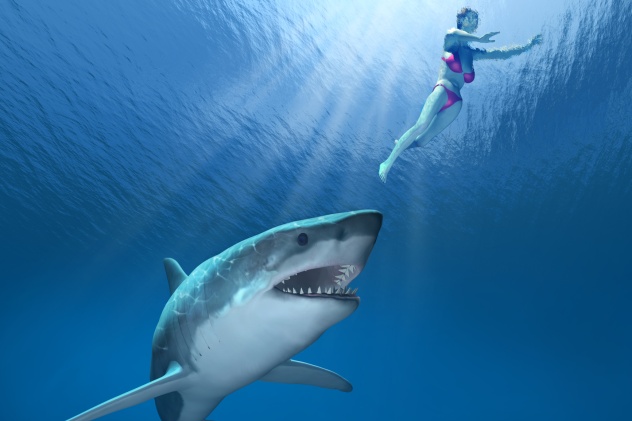
Ocean experts and professionals have been aware of increasing shark attacks in North America for several years now. In 2014, a report pointed to three possible causes for the recent surge of shark attacks in the US—global warming (allowing humans to spend more time in the sea), more humans going into the ocean anyway, and more sharks migrating to areas along both US coastlines.
Global warming would seem to explain the larger numbers of people spending significantly more time in the sea, but there is also one other overlooked and indirect probable cause for the increase in shark attacks: Seal and sea lion populations have been exploding on the North American coasts for the last 50 years. By the 1950s in California, sea lion populations had fallen to about 10,000, but since the 1970s, when conservation efforts became prominent, sea lions have rebounded to a point where there may be too many—300,000—putting the population at what is considered its environmental limit.
Conservation efforts in and around Cape Cod, Massachusetts, have succeeded as well, accounting for a tremendous increase in gray seal numbers. Single-day counts increased from 5,611 in 1999 to 15,756 in 2011, making the area more attractive and giving rise to more sightings and attacks by great whites and other sharks. The increase in sea mammal populations parallels the increase in sharks numbers, which more than likely leads to a higher frequency of chance encounters with humans.
9 Serial Killers Of The Seas
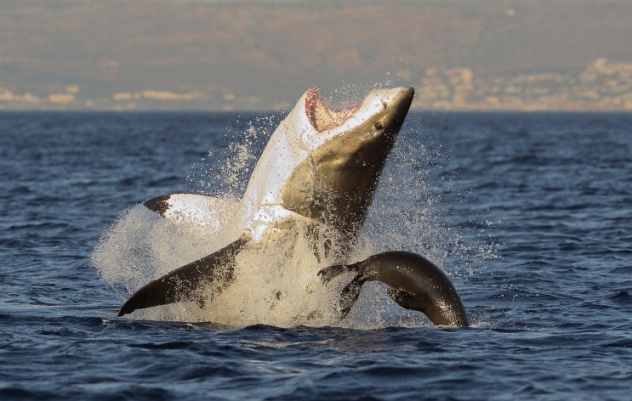
The iconic movie Jaws featured a great white shark that stalked people with the cold calculation of Jack the Ripper. Remove humans from that equation, replace them with seals, and that description accurately describes the hunting style of the great white.
It was previously believed that great white sharks were relatively random hunters, scouting wide areas of ocean to obtain food, but a study in 2009 showed a serial killer’s strategy. Great whites lurk close, but hidden, in standard areas to find prey and watch without being seen, waiting for just the right opportunity to attack with complete surprise.
Displaying an almost humanlike sensibility, the great white sharks studied did not choose a hunting area based simply on the greatest likelihood of finding food but instead seemed to rationally locate an ideal place to both spot their prey and have the best chance of a successful attack. Also noteworthy is that smaller, younger sharks tended to have wider hunting areas and were noticeably less successful, suggesting an unsettling but well-developed learning process as these hunting machines grow older.
The great white shark’s hunting strategy is so similar to human serial killers that this study is now used in criminal psychology textbooks to emphasize the behavior of said killers, who are typically focused, work from a standard base of operation, observe their prey without scaring them off, and usually attack those who are young and alone. Of course, the primary difference is that sharks hunt for food rather than for psychotic gratification.
8 Shark Attack Capital Of The World

New Smyrna Beach, Florida, near Daytona Beach, is an area that is sunny all year, has fishermen baiting the waters, and hosts many tourists and surfers. It is surprisingly unattractive to great white sharks, although their smaller relatives find it far more appealing. In fact, New Smyrna Beach is the shark bite capital of the world. Being a top Florida tourist and surfing destination, it’s not surprising that New Smyrna might fall high on a list of shark attack locales, but there are a few things about New Smyrna’s status that are quite startling.
It is estimated that anyone who has ever swam in the waters of New Smyrna has been within 3 meters (10 ft) of a shark. Amazingly, there have never been any fatalities from shark attacks at New Smyrna Beach. This is likely because the sharks in these waters tend to be of smaller species. Most shark attacks in New Smyrna are from smaller sharks, such as young bull or blacktip sharks looking for food.
Given that most shark species lack an instinctive taste for humans, these attacks amount to nothing more than a series of less-than-lethal, but rather painful, shark taste tests. Shark attacks are so common and nonlethal in New Smyrna that when two men were attacked on a Sunday in October 2014, the authorities didn’t even bother to close the beaches.
7 Please Don’t Kiss The Sharks
A man diving off the coast of Florida filmed the drama as he fought off a great white shark in 2014 using just his spear gun. He was in 30 meters (90 ft) of water, and the shark kept returning for two minutes before it finally swam away for good. Australia and the United States have had the most recorded shark attacks on divers from 1820–2012. Curiously, and probably more than a little distressingly, a number of these attacks were caused by divers doing something most of us probably realize is pretty stupid—making intentional contact with the shark.
According to the International Shark Attack File, a study of 130 shark attacks in 2014 showed that 72 of those attacks were unprovoked, meaning the shark attacked for reasons of its own. The unspoken flip side of that coin is the remaining 58 attacks, which fall under the category of “provoked” or instigated. If we do the math, nearly half of recorded shark attacks were not initiated by the shark.
Divers have been documented harassing blacktip reef sharks by pulling their tails, just to see the shark’s reaction. There are also alleged experts who have prompted a confrontation to prove that steel mesh can save someone from a shark attack. Apparently, someone thinks that there is a market for swimsuits that will protect you from sharks but also drag you down to the ocean floor.
Finally, we are probably all familiar with stories and examples of humans becoming too familiar with wildlife, to disastrous results. Maybe some of us should spend a little more time with our own kind instead of trying to kiss a shark.
6 Shallow Water Strikes
Most of us feel safe when we are knee- or waist-high in the ocean, but maybe we should think twice. A vast majority of people spend their time in the water close to shore. Just based on probabilities, it makes sense that more shark attacks occur in shallow water. It stands to reason that the number of people who were attacked in deeper water is much less but also suggests that once in deep water, if attacked, one is more likely to be killed than if attacked in shallow water.
From 1907–2010, 201 out of 210 shark attacks that were perpetrated by great white sharks occurred in 2 meters (6 ft) of water or less. In addition to great whites, bull sharks and young sharks have a tendency to feed in shallow water, which can bring them in contact with humans regularly, as evidenced by an attack on a boy in 1 meter (3 ft) of water. In Hawaiian waters off the island of Maui, in an area where tiger sharks are known to birth in shallow waters, seven recorded attacks occurred in 2012.
Tiger sharks can be found swimming in shallow waters of canals, reefs, and harbors, making tiger sharks second only to great whites in total number of recorded attacks. Even scarier, tiger sharks are less likely to end the attack once they know the victim is human.
5 Jaws Probably Wasn’t A Great White
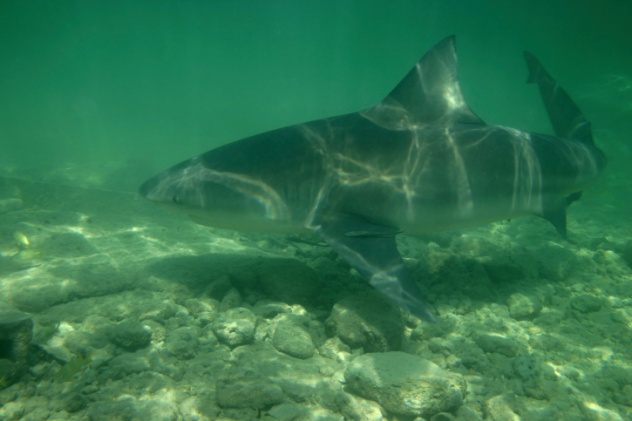
From July 1–12, 1916, five people were attacked between Beach Haven and Matawan Creek in New Jersey. A shark hunt ensued, and several sharks were caught and killed. One of them was allegedly reported to be a great white shark with human remains still in its stomach. Nearly 60 years later, the novel Jaws and the subsequent blockbuster movie by the same name may have been at least partially inspired by these attacks, although the author, Peter Benchley, denied this. What’s notable (and what did not stop Hollywood) is that, in spite of the report of human remains found in a great white shark, the real offender was probably not a great white.
The killer shark attacked the first of its victims starting along the coast of New Jersey before moving upstream to Matawan Creek, which is freshwater. Because most of the attacks occurred in freshwater, there is a strong theory that the shark was a species other than a great white, probably a bull shark. The bull shark is the only known shark which can change its metabolism if necessary to swim from saltwater to freshwater and vice versa. The bull shark can release excess salt from its system when it is in the ocean or retain salt when it moves to freshwater.
While great white sharks are obviously much more famous and appealing to writers, television producers, and movie directors, it is well documented that there are many other shark species that commonly attack humans, particularly along the Gulf Coast and southeastern United States. This includes the previously mentioned tiger shark, as well as blacktip sharks, among others. Perhaps Scheider, Shaw, and Dreyfuss didn’t really need a bigger boat.
4 Sharks Prefer Men
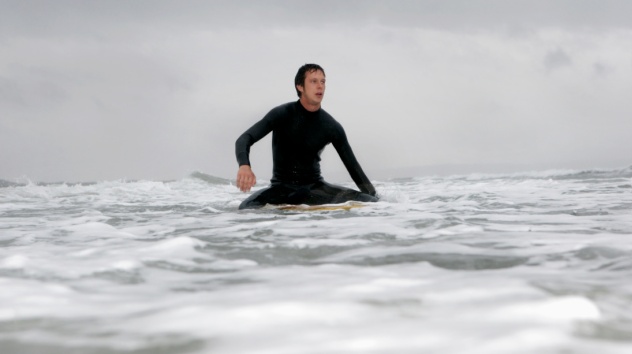
Maybe it’s the smell, but an Australian study of worldwide shark attacks spanning three decades leading into 2011 showed that men are significantly more likely to be attacked than women. The study showed that 84 percent of the attacks over 30 years were on men, with 89 percent of fatalities being men as well. It is very likely that these statistics are a direct consequence of more men going into the ocean than women.
Studies of shark habits have become incredibly precise in recent years. We now know that most divers attacked by sharks are 20–40 years old, which appears to directly correlate to the age range of the average ocean swimmer. One study of shark attacks from 1956–2008, completed by the University of Florida, stated that most sharks attack surfers in black and white wetsuits, on Sundays, during a new moon, in less than 2 meters (6 ft) of water. Victims are also about twice as likely to be struck on the leg than any other part of the body and five times more likely than on the arm.
3 Sharks May Not Mistake Us For Seals
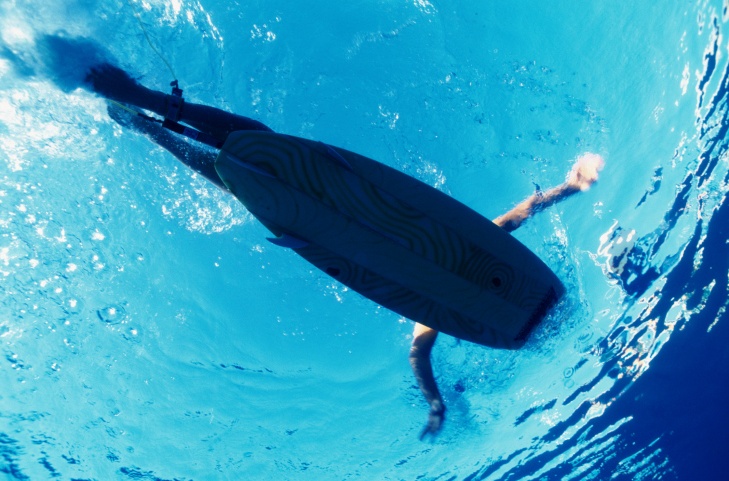
Just as we like to taste food or wine before we buy it, sharks may not always attack just because they are hungry. More disturbingly, they may not always mistake humans for seals or sea lions. A study of several great white attacks from the early 1980s to mid-1990s showed a difference in the way that these sharks attack humans as opposed to seals and sea lions.
Unlike the typically violent and savage way that they attack pinnipeds, great whites seem to consciously limit the amount of energy they expend in an attack on humans, to the point that a surprisingly high number result in little or no tissue loss by the victim. One surfer described how a great white quietly rose to the surface, bit his surfboard, and then gently released it before swimming away.
Being apex predators, great whites ostensibly fear nothing and often swim up to something unfamiliar simply to examine it. Since they don’t have fingers, they use their teeth and jaws. Of great relief to countless surfers and divers, the primary reason that sharks don’t tend to make a meal of more humans is because humans are not fat enough, perhaps an additional reason not to eat fast food.
2 Red Sea Shark Scare

The Red Sea has become something of a European tourist hot spot in recent years. Some scientists theorize that this rise in human activity is related to a rise in shark attacks in that part of the world. In 2010, an Egyptian resort on the Red Sea saw a rash of attacks on divers by what were suspected to be oceanic whitetip sharks, leading to the death of one person and injuring others. In March 2015, a German diver was killed as well.
Whitetip sharks have a fearsome reputation for being more likely to at least consider humans as food, but until recently, that was based on accepted accounts of whitetips attacking humans who are already wounded or in distress, such as when the USS Indianapolis was sunk near the end of World War II, and an estimated 150 wounded sailors were attacked and killed in the waters of the Pacific Ocean.
The attacks by whitetips in Egypt suggest that these sharks are becoming more aggressive toward humans for various reasons. Poor swimmers may appear to be in distress to a whitetip. Or, with so many more humans spending so much more time in the ocean, whitetips might just be growing more familiar with us. As with nearly all human-wildlife conflicts, it could also be a conservation issue, namely of over-fishing depleting resources, causing these sharks to become bolder in search of food.
1 Fighting Off Sharks

Conservationists have flooded the media with statistics to convince us that being attacked by a shark is statistically equivalent to being struck by lightning. While this may be mathematically accurate, those of us who like to err on the side of caution want to know how to dispatch a shark if attacked, however unlikely that might be. Interestingly, punching a shark in the nose may not be the best option, and neither is playing possum. The best advice is to go for the eyes. By one account, a diver in Australia was nearly decapitated by a great white shark but was smart enough to poke the shark in its eye, causing it to let him go.
With advances in science, it may also be possible one day for us to be able to enter the ocean armed with a specialized deodorant to make us completely unattractive to sharks. When bitten by a shark, the Moses sole and puffer fishes have chemicals that cause the shark to immediately open its mouth. If we can determine the chemical makeup and replicate this natural substance, we might be able to use it as a shark repellent or deterrent. Until then, our best chance is to avoid the ocean on weekends, wear solid-colored swimsuits, skip new moons, and stop being men. Or, we could start wearing steel-mesh swimsuits.
Peter is an amateur writer, Internet investigator, and humorist by night who once jumped out of an airplane from 13,000 feet up for no good reason.








